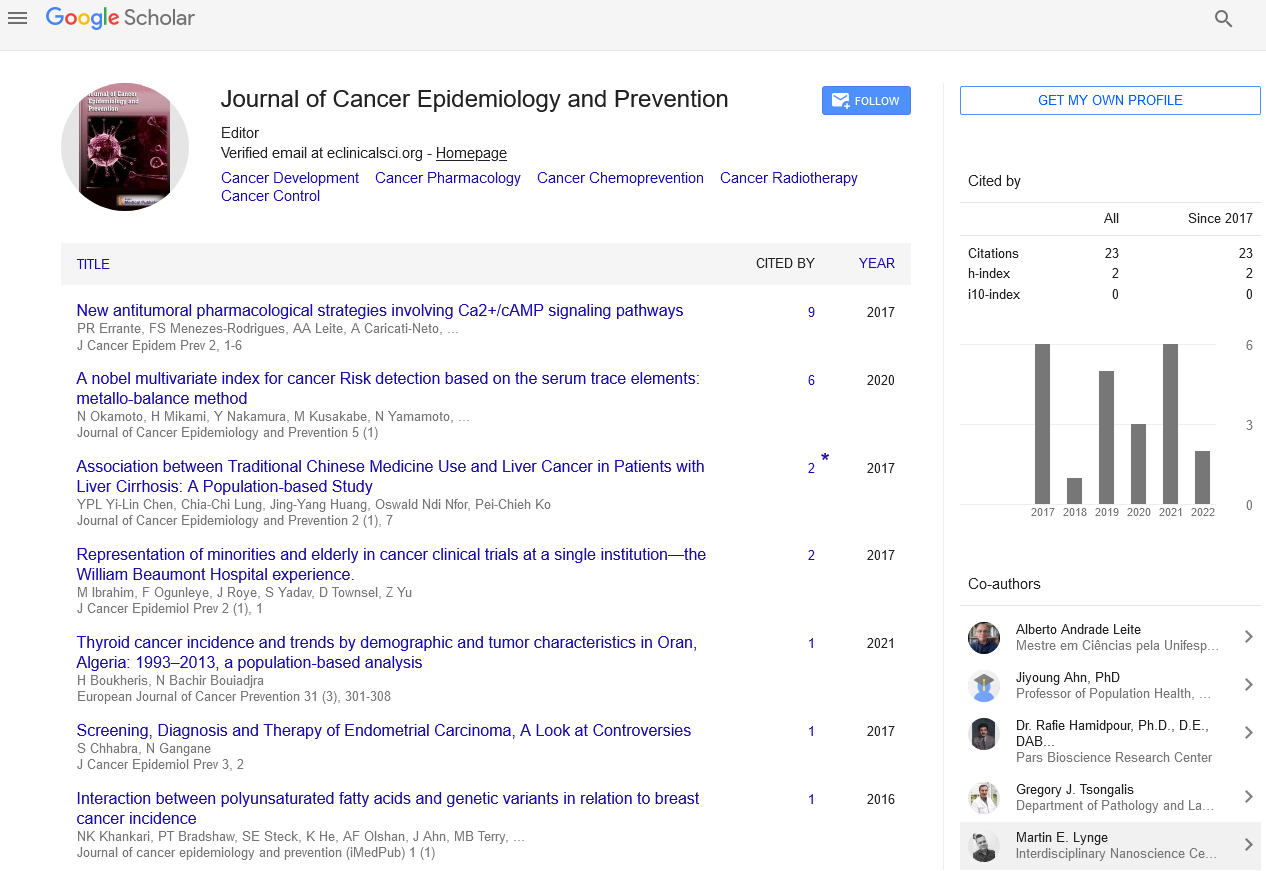Description
Gastric adenocarcinomas have been arranged by utilizing both
minute and gross neurotic provisions. The Lauren order division
incorporates two subtypes: a digestive sort with further
developed visualization that prevails in locales with high
pervasiveness of gastric malignancy (e.g., East Asia) and a diffuse
histologic sort with a helpless guess that happens all the more
generally in nations with a low predominance of stomach
disease (e.g., United States and Western Europe). These tumors
are additionally defined utilizing the 2010 World Health
Organization arrangement, which perceives four significant
histologic examples: cylindrical, papillary, mucinous, and
ineffectively strong (counting seal ring cell carcinoma).
Risk Factors
Realized danger factors for gastric adenocarcinoma
incorporate Helicobacter pylori disease, a past filled with
Mucosa-Related Lymphoid Tissue (MALT) lymphoma, the
presence of adenomatous gastric polyps, past gastric activities,
malevolent paleness, atrophic gastritis, digestive metaplasia,
openness to nitrosamines from restored or smoked food
sources, tobacco use, and family ancestry. A connection among
heftiness and gastric malignant growth has not been recognized
absolutely, albeit a theory exists that expanding paces of Gastro
esophageal Reflux Infection (GERD) related with stoutness might
incline people to more proximal cancers. What's more, lower
paces of gastric disease are seen in people with an eating
routine high in new foods grown from the ground.
Certain identities are in danger for the improvement of gastric
adenocarcinoma. Japanese, Koreans, Vietnamese, Native
Americans, and individuals of Pacific Island plunge are at the
most serious danger. Conversely, Filipinos and Caucasians are at
the least danger, and Chinese, Latinos, and individuals of African
plummet are at middle of the road risk. Familial disorders like
Peutz-Jeghers and familial adenomatous polyposis (FAP) harbor
an expanded danger of gastric malignant growth. Changes in
proteins, for example, E-cadherin, p53, and BRCA2 have likewise
been displayed to build the potential for the improvement of
gastric adenocarcinoma.
Diagnosis
You could have side effects like torment, the runs, dying, or
exhaustion, contingent upon your sort of disease. In any case,
from the get-go, you may not feel that anything's incorrectly.
Your PCP will give you an actual test. They might feel your organs
to check whether there is any expanding or a development. They
may likewise see something's wrong when you have normal
screening tests like a colonoscopy, when a specialist places a
cylinder into your colon to check for polyps. You may likewise
get tests to check whether you have adenocarcinoma in any of
your organs:
Blood tests
Your blood might give indications of conceivable disease. For
instance, your primary care physician might actually take a look
at it to check whether you have pallor from a draining cancer.
Additionally, significant levels of certain catalysts or different
things made by malignant growth cells may mean cancer is
reasonable
Imaging tests
They can help check whether any of the tissues in your organs
don't look ordinary. You might get a CT check, which is an
incredible X-beam that makes definite pictures inside your body.
Or on the other hand you may require a MRI, which utilizes
amazing magnets and radio waves to make pictures of organs
and tissues. In the event that you do have malignancy and start
treatment, imaging tests can likewise assist your PCP with
figuring out how well your treatment is functioning.
Biopsy
Your primary care physician takes a little example of tissue
from the organ where they figure you might have malignancy.
For instance, they might eliminate a polyp or development from
your colon, or use a little needle to eliminate tissue from your
breast. A specialist called a pathologist will take a microscope to
check whether there are malignancy cells. A biopsy can likewise
show in case they are simply in that one organ, having spread
from somewhere else in your body, or the amount they've
developed.

